Drawing References – Tips for Using References in Your Art
Drawing references, if used properly, can help artists take their work to the next level. This article teaches how to use references to improve art, how to accurately replicate them, how to avoid copyright issues, and some great places to find them.
What are drawing references? Drawing references are anything artists use to help inform or inspire an artwork. They can be taken from real life, photos, 3d models, other artworks, etc. Artists commonly use references to increase the realism, accuracy, beauty, etc. of their art. Additionally, references can be used to help level up an artist’s drawing skills. Also, if an artist becomes familiar with a particular subject matter, they may require less references to draw it accurately over time, as it has become ingrained in their memory.
Improve Your Art by Using Drawing References
Artists looking to up the quality of their drawings should use references. Using references can help take your art skills a lot higher. For example, references can help improve accuracy and sense of life in illustrations. Additionally, they can help train your brain/imagination to draw things correctly. Similarly, references are helpful to use when struggling to determine the correct perspective or angle to draw something. Also, using references can help you incorporate a lot of detail into your work. Furthermore, using references can help you draw faster, because less time will be wasted on struggling to figure out the correct the way to draw something. Instead, you can just copy what you see.
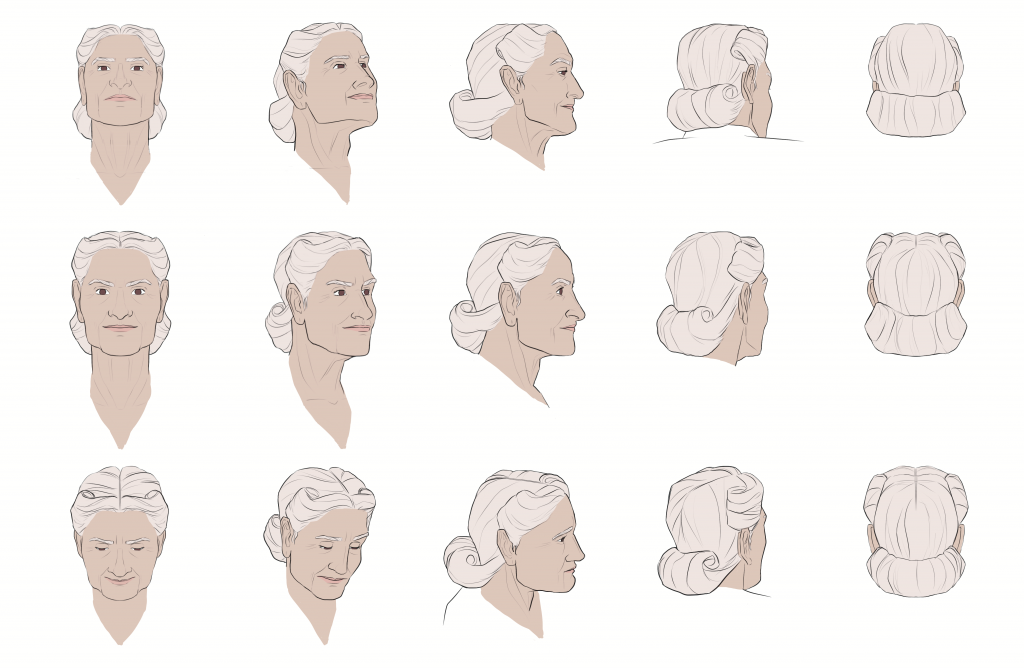
How to Accurately Replicate a Reference
When doing a study or drawing realism, an artist often wants to replicate a reference with precision and accuracy. Below are three methods to do so. Using these tips should help artists immensely at accurately replicating a reference.
Firstly, if possible, scale the reference image to the same size that you are drawing it. This will make it easier for you to replicate the reference, as your brain will not have to try to scale anything bigger or smaller. Rather, you can simply copy the image at the exact size you see it.
Secondly, try using the grid method or guidelines to help you copy your reference exactly. Likewise, try to replicate the same angles and volumes you see in the reference.
Thirdly, after starting your sketch, place the reference image on top of your drawing to check if they line up. But do not trace the reference to fix your mistakes. Instead, take mental note on what you need to change, move the reference image away, and fix those mistakes manually. This will improve your drawing skills much more than just tracing. Similarly, try to eyeball the colors in your drawing to match the reference; then, double check your work using the eyedropper tool.
How to Avoid Stealing
Drawing references are a great tool for artists, but here is how to avoid copyright issues and immoral stealing when using them. First off, make sure to understand the laws regarding art in your own particular country. Also, please consult a lawyer if needed, as I am not an expert. Generally though, here are the rules when it comes to drawing references:
- If you want to adopt/publish/monetize an artwork, make sure the reference used is fair-use, or that your work does not resemble it “too much.”
- Give credit if the creator of the reference requires it.
- You can reference anything you want as long as it is for personal use and never shared.
- Poses/styles cannot be copyrighted, so feel free to copy these.
- You need a license/permission to sell fanart.
Some people may feel like these guidelines are confusing or annoying. To avoid worrying about being accused/sued for using a reference, you can always create your own references. Simply take your own photos or make a 3d model to reference from. By using your own references when drawing, you will have full freedom to sell/publish the work you create.
If you have plans to claim/monetize a drawing, make sure to follow the rules above. For example, the elderly character shown above is going to be used for a comic I am planning. Below, you can see some of the reference photos I used to design the character. The photos I used are not all free to use. Thus, I made sure to only use them as inspiration for the character I designed. For instance, I changed the facial structure, colors, hairstyle, etc. in my final designs. This way, I am free to claim/monetize my character design.

How to Avoid “Cheating”
Sometimes, using reference can feel like cheating. To avoid this, make sure to follow the rules above. Additionally, try not to use reference as a crutch. It can be beneficial to do studies, but also try to test your knowledge by drawing without reference. Likewise, try combining multiple references to help you improve your skills, and not feel like a “slave to reference.” Finally, you can also try drawing the person in the reference in the same pose, but from a different angle. This way, you will improve your ability to draw things from different angles and will not have to rely on as much reference in the future. Below, you can see how a reference photo was used to assist, but not cheat, in designing my character.
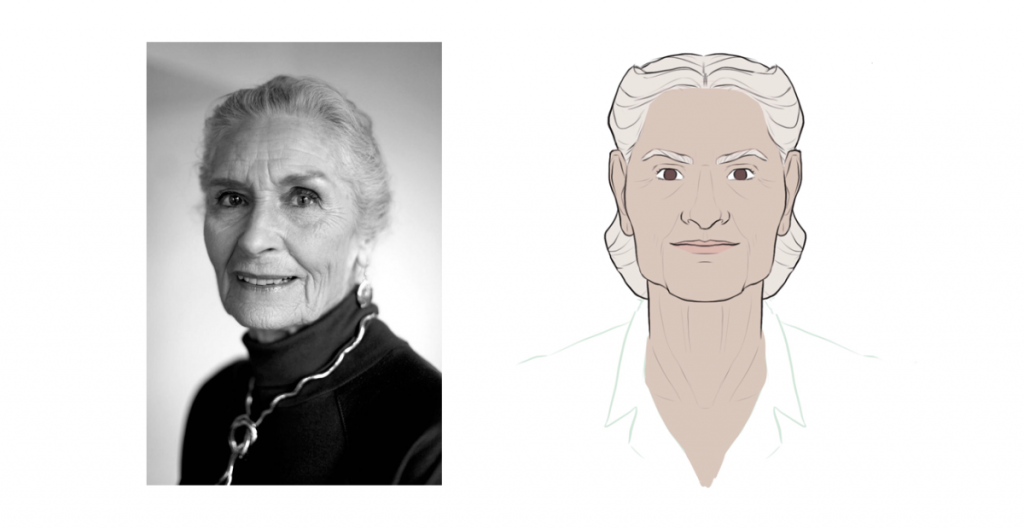
How to Find the Best Drawing References
There are many different mediums that make great references. Depending on what you want to draw, some types of references might work better for you. Some say drawing from life is the best reference, but sometimes that can be limiting or impractical. Also, there are many options for free references, but you can also purchase images to use as references. Here are just a few ideas where to find some good references:
- Real life, mirror, take your own photos
- Google Images, change can settings to not copyrighted if needed
- Pixabay free photos
- Pexels royalty free images
- Sketchfab 3d models
- DeviantArt photos/drawings
- Pinterest photos/drawings
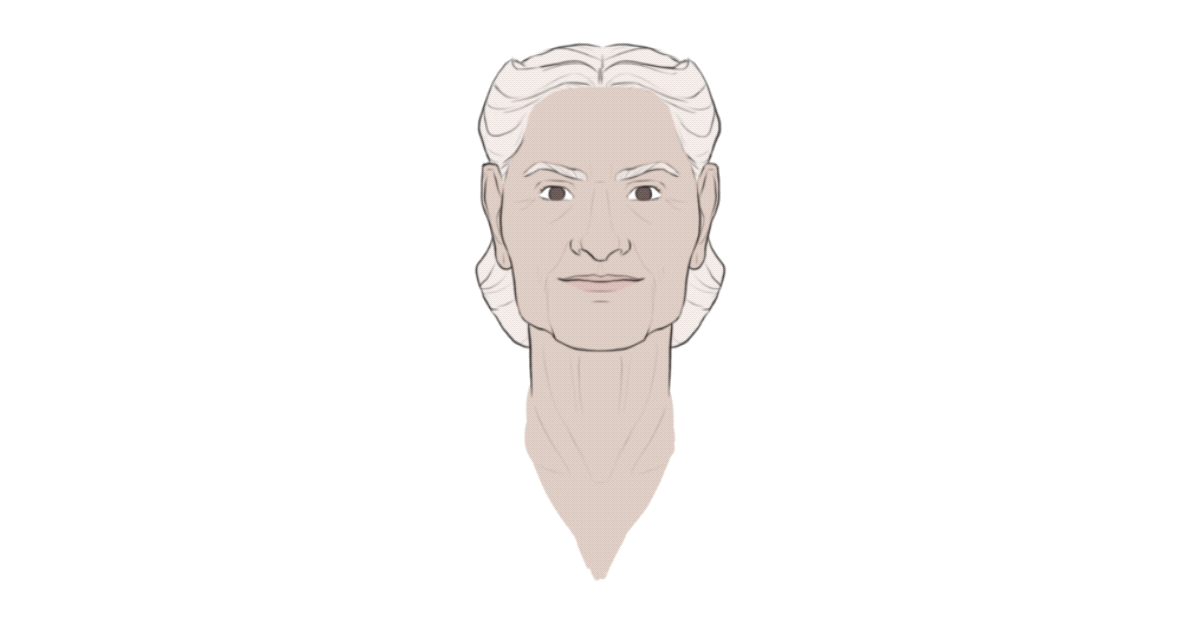
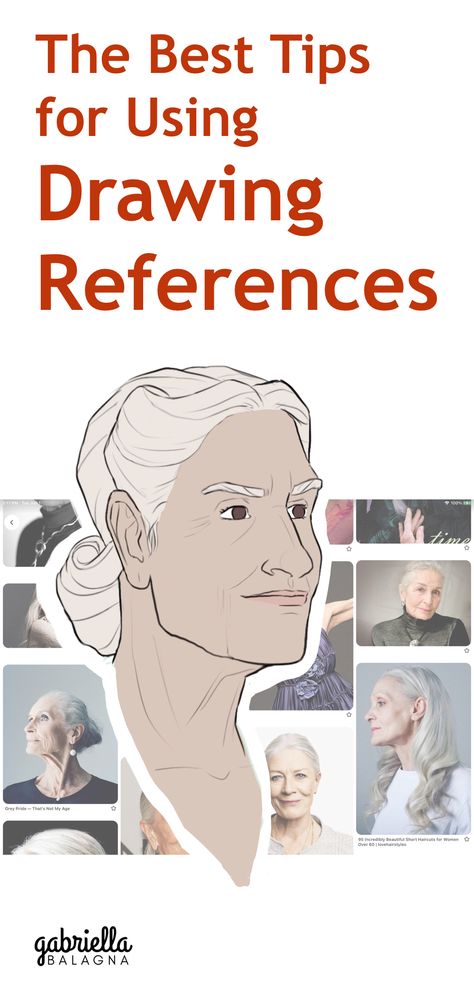
Now Go Use References to Make Some Great Art!
Leave a comment below what you plan to draw next using references. Are you interested in designing a character? Check out these Tips for Making Character Reference Sheets.
Want more content like this? Subscribe for more art tips. As well, read my comic, Kindred Not.

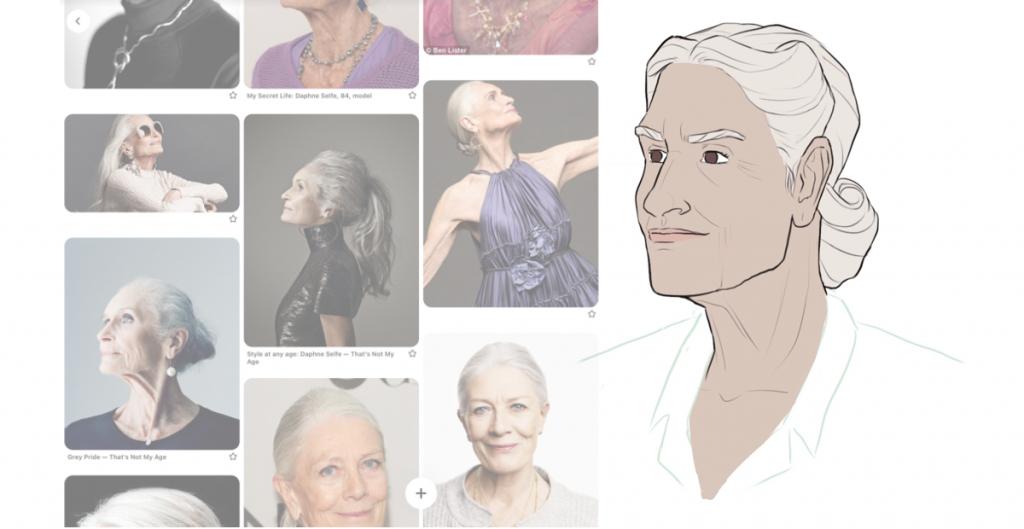
Discussion (7) ¬